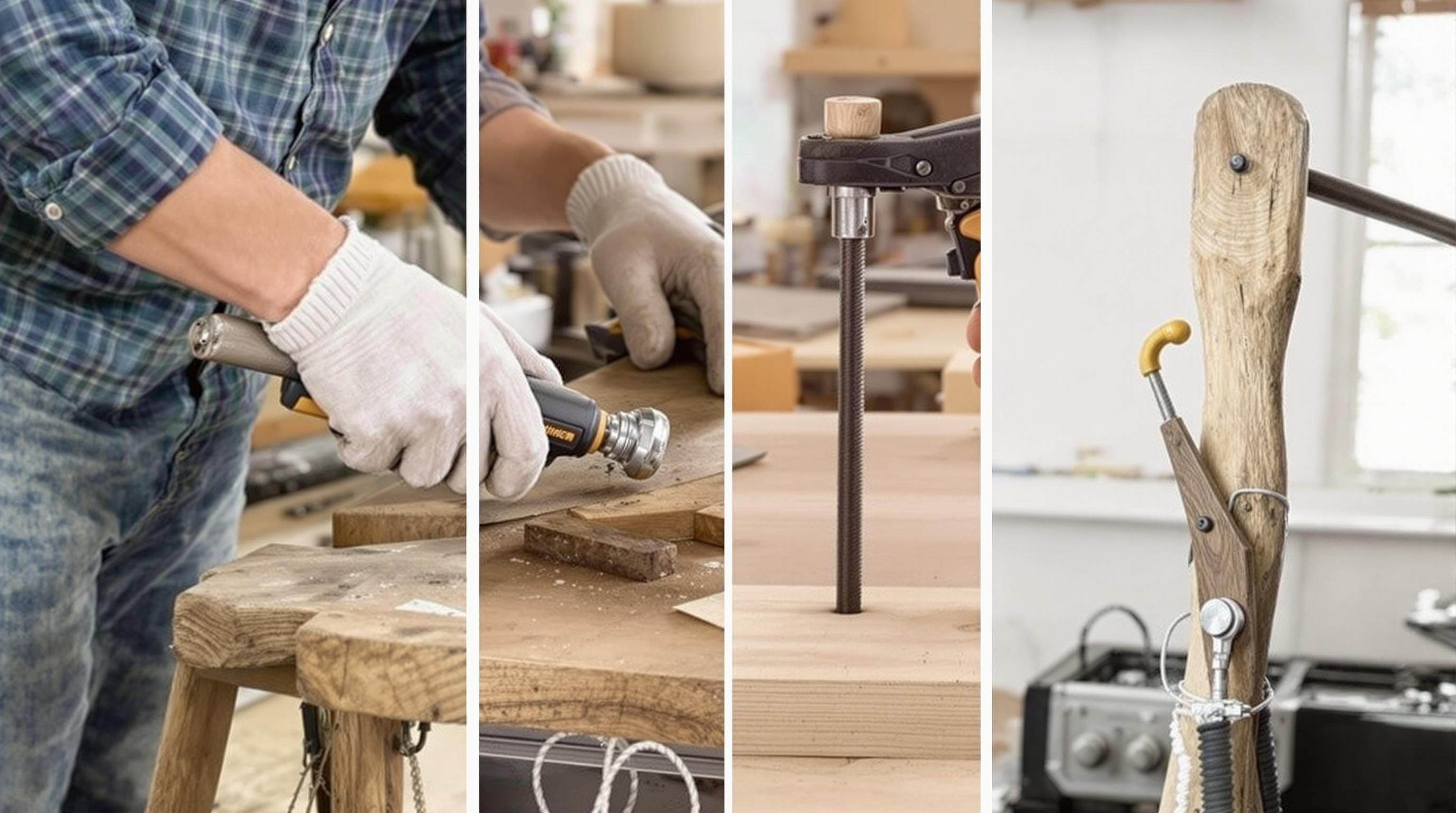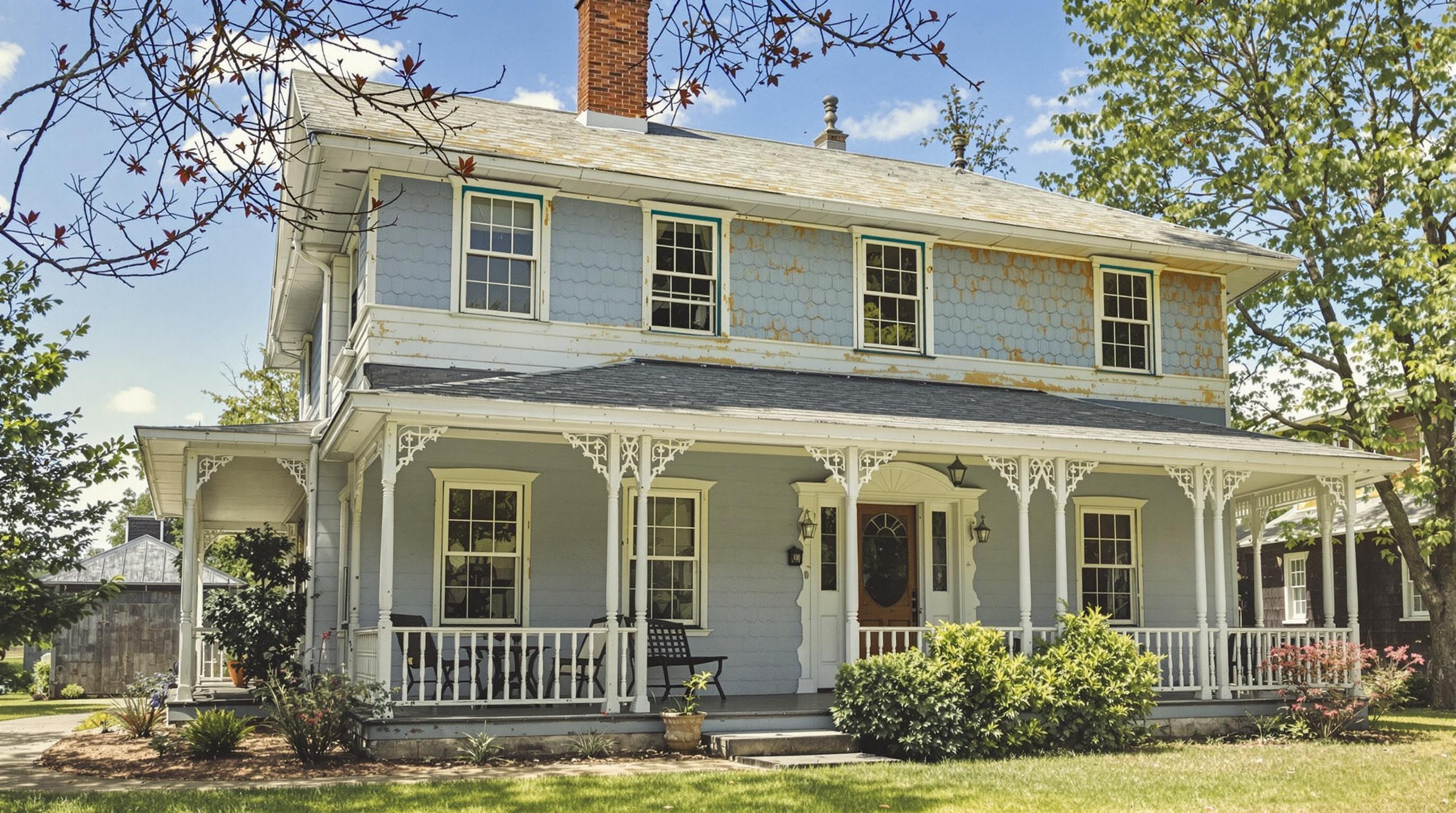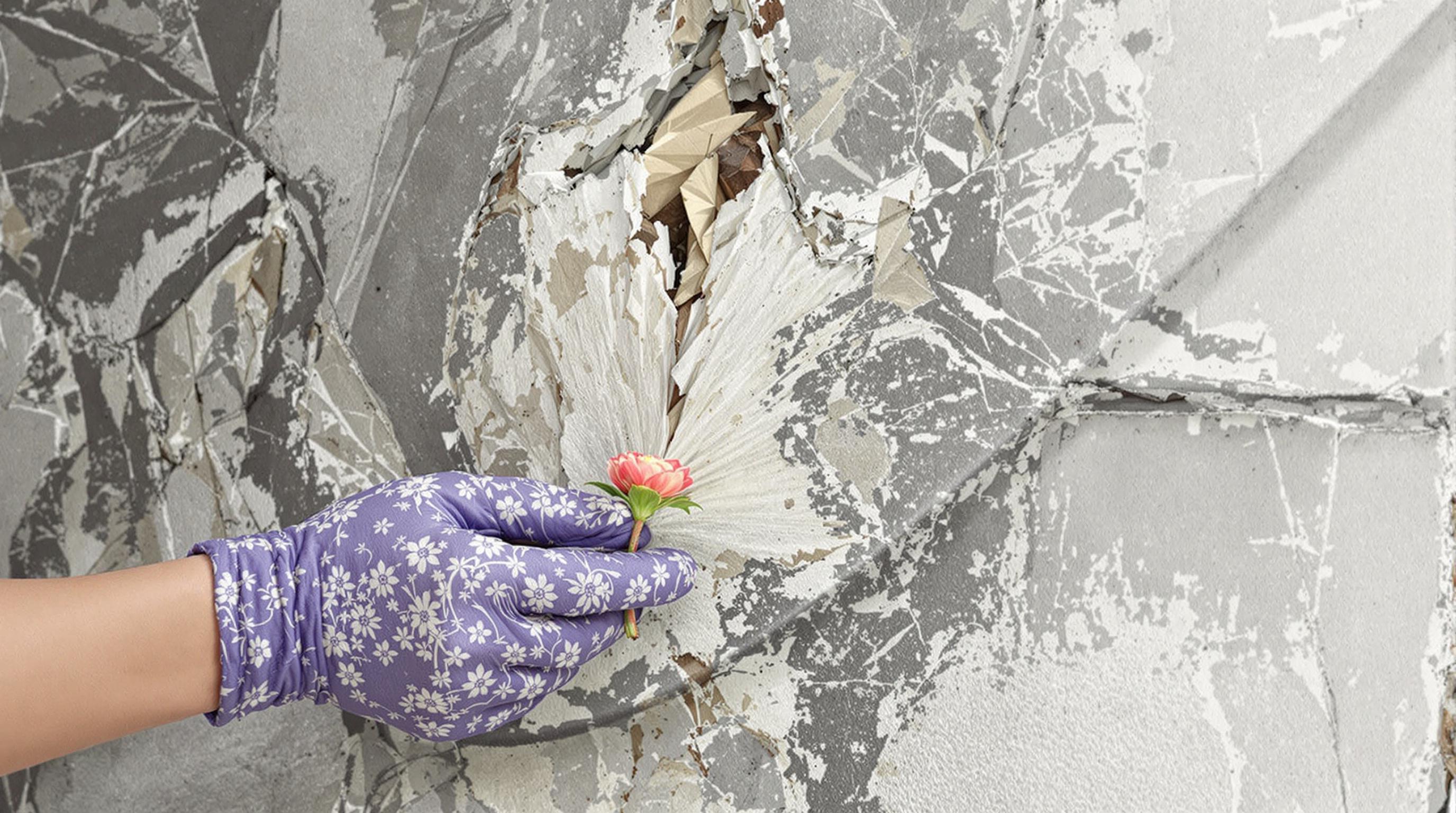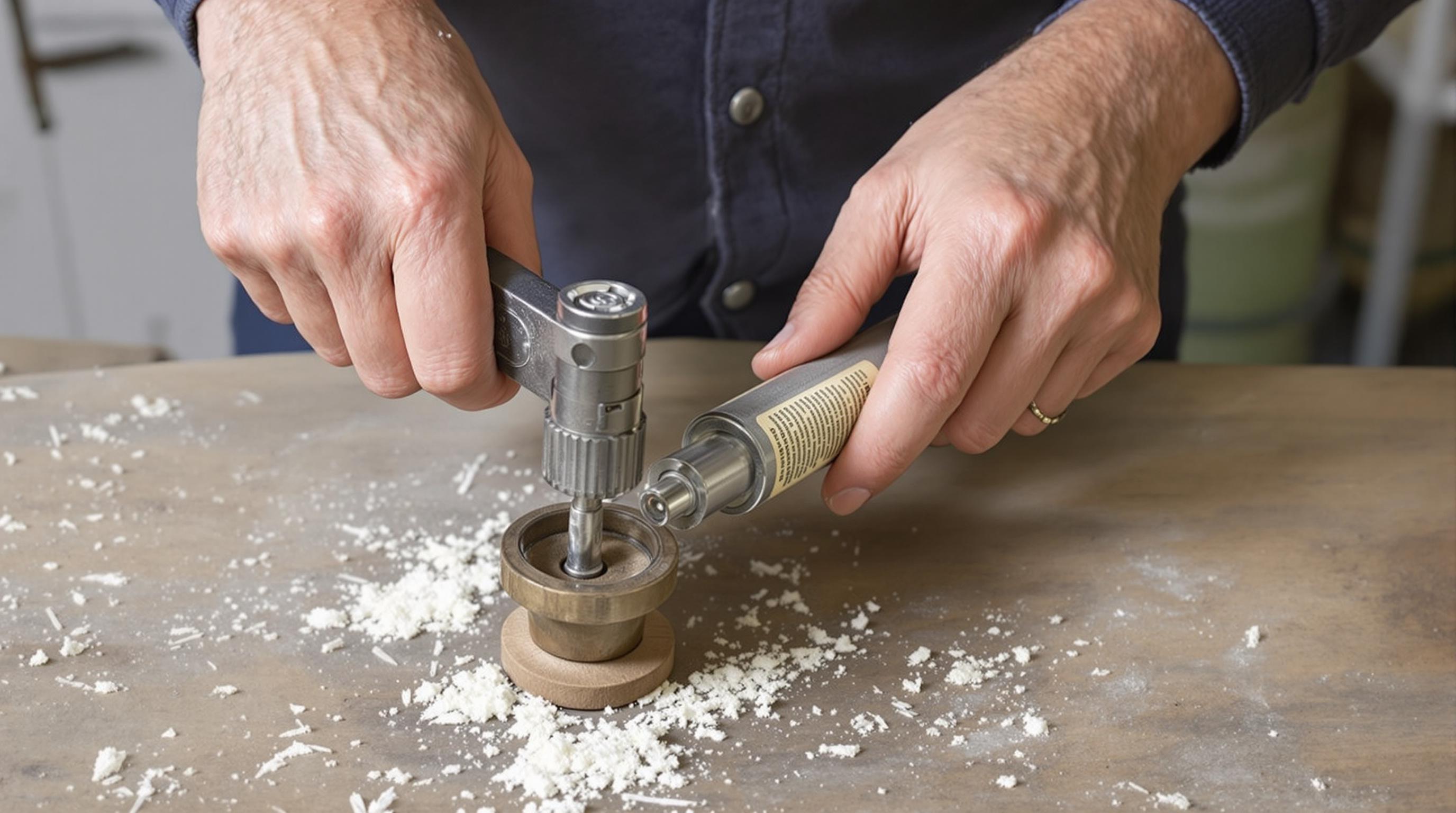Related Articles
- The Hidden Influence of Ergonomics: How Tool Design Shapes Our Physical Spaces and Daily Lives
- The Silent Influence: How Hidden Home Implements Shape Our Daily Routines and Spaces
- The Counterintuitive Role of Chaos: How Messy Tool Storage Can Lead to Unexpected Home Innovations
- Exploring the Unseen: How Audio Experiences Shape the Art of Domestic Spaces and Color Perception
- Rethinking the Mundane: How Everyday Objects are Becoming the Canvas for Modern Artistic Expression in Home Spaces
- Cultivating Chaos: The Surprising Benefits of Embracing Weeds in Your Garden Ecosystem
6 Unorthodox Home Repair Techniques from Forgotten Trades: Revitalize Your DIY Game with Skills from the Crafting Past!
6 Unorthodox Home Repair Techniques from Forgotten Trades: Revitalize Your DIY Game with Skills from the Crafting Past!
6 Unorthodox Home Repair Techniques from Forgotten Trades: Revitalize Your DIY Game with Skills from the Crafting Past!
1. The Art of Straw-Bale Insulation
Straw-bale construction is an ancient technique that dates back to the 19th century, where bales of straw are used as insulation in homes. This method is not only eco-friendly but offers fantastic thermal insulation, keeping homes warm in winter and cool in summer. Besides being sustainable, straw-bale walls can also be covered with plaster for aesthetics.
Incorporating straw into your home repairs can be particularly useful in drafty areas or as a creative approach to building separate spaces like garden sheds. The key is to ensure proper management of moisture to prevent any potential decay of the straw. A well-executed straw insulation system can significantly reduce energy costs over time.
Homeowners seeking a unique charm in their properties can even paint or mud plaster the walls for added character. By embracing this forgotten trade, you carry on a tradition while enhancing the environmental footprint of your home repairs.
2. Lime Plastering Techniques
Lime plastering is a traditional technique that has been used for centuries, especially prevalent before the introduction of gypsum. Lime-based plasters are not only breathable but also flexible, allowing the walls to handle temperature changes without cracking. Utilizing lime plaster for your next DIY project can lead to durable and aesthetically pleasing results.
Restoring old historical buildings often involves the use of lime plaster, and applying this method can breathe life back into the more modern structures as well. With the right techniques, homeowners can mix their lime plaster to suit their specific needs—including the addition of natural pigments for color.
Furthermore, lime plaster possesses antimicrobial properties, making it an excellent choice for kitchens and bathrooms. By reviving this age-old technique, not only do you enhance the visual appeal, but you also improve the overall health of your home.
3. Slating for Roofs
Slate roofs were once common in many regions, noted for their long-lasting and robust nature. The process of slate roofing may seem daunting, but with careful sourcing and installation, it offers a timeless charm to any home. It is a labor-intensive trade, but learning how to replace or repair slate shingles can save homeowners from costly professional repairs.
The durability of slate means that repairs can often last decades with minimal maintenance. When sourced locally, slate can also bring a connection to the landscape and heritage of the area, making your home culturally resonant. DIY enthusiasts will find that many aspects of slate work require skill but can be learned through practice.
Additionally, knowing the basics of slate roofing can empower homeowners during severe weather conditions. It ensures that you can manage any slips or breaks without waiting for a handyman, ultimately increasing the resilience of your home.
4. Tadelakt Finishing
Tadelakt is a Moroccan plastering technique known for its polished, waterproof finish. Originally used in traditional riads, this method can rejuvenate spaces like bathrooms or kitchens, providing a chic aesthetic while offering protection from moisture. The beauty of tadelakt lies in its ability to create seamless, curved surfaces that feel organic and inviting.
To achieve the glossy finish, a mix of lime, natural pigments, and olive oil soap is applied, then polished with a stone. This method creates not just a functional wall finish but a work of art. Learning tadelakt construction can turn your DIY home projects into an exhibition of craftsmanship.
Moreover, tadelakt is naturally sustainable, aligning with modern preferences for eco-friendly building materials. By employing this lost art in your home, you can create visually stunning spaces that honor the wisdom of ancestral trades.
5. Cob Construction
Cob, a mix of clay, sand, straw, and water, has been used for thousands of years to create sturdy structures. This ancient technique is seeing a revival among eco-conscious homeowners for its thermal mass benefits and low environmental impact. Cob can be shaped easily, allowing for creative designs, rounding off corners, or creating curves in walls.
Incorporating cob into your home repairs or builds not only provides insulation but offers a unique and welcoming aesthetic. Cob can also be utilized for constructing natural gardens or outdoor spaces that seamlessly blend into the landscape. When building with cob, patience is key as it requires proper curing time.
Not only does it allow for individual expression in design, but cob construction also encourages a hands-on approach, connecting you to nature. This technique is a perfect homage to the past while aiding modern sustainability efforts.
6. Wattle and Daub
This ancient building technique, often coupled with timber frames, involves weaving slender branches (wattle) through a framework and then daubing it with a mixture of soil, clay, and straw. Wattle and daub structures have stood the test of time, demonstrating significant structural integrity and durability. It’s an excellent technique for building thermal mass walls.
Dabbling in wattle and daub can promote organic aesthetics in your home while incorporating natural materials. In addition, this technique allows homeowners to experiment with different sizes of wattle and mixes of daub for different textures and strengths. Perfect for garden sheds or guest cottages, this method is an effective way to apply ancient craft knowledge.
Adopting wattle and daub in contemporary building projects not only revitalizes an extraordinary form of homebuilding but also deepens the connection between the home and nature. Its benefits serve both practicality and aesthetics, making it a worthy pursuit for any DIY enthusiast.
Conclusion
Exploring forgotten trades and their unorthodox home repair techniques can revive your DIY efforts and establish a deeper connection to historical craftsmanship. Each of these methods not only supports sustainable practices but also provides a unique aesthetic charm that modern materials often fail to deliver. As homeowners find themselves equipped with skills and knowledge from generations past, they fill their spaces with character and resilience.
By stepping outside the realm of conventional repair methods, you not only enrich your living space but also partake in a tradition of innovation that dates back centuries. These skills turn practical home repairs into opportunities for artistic expression, transforming ordinary properties into extraordinary homes.
So, gather your tools, do some research, and don't shy away from learning these old-world crafts. Reinvigorating your DIY game with skills from the crafting past can yield remarkable results that honor the rich history of home construction while creating spaces that reflect your values and style.




